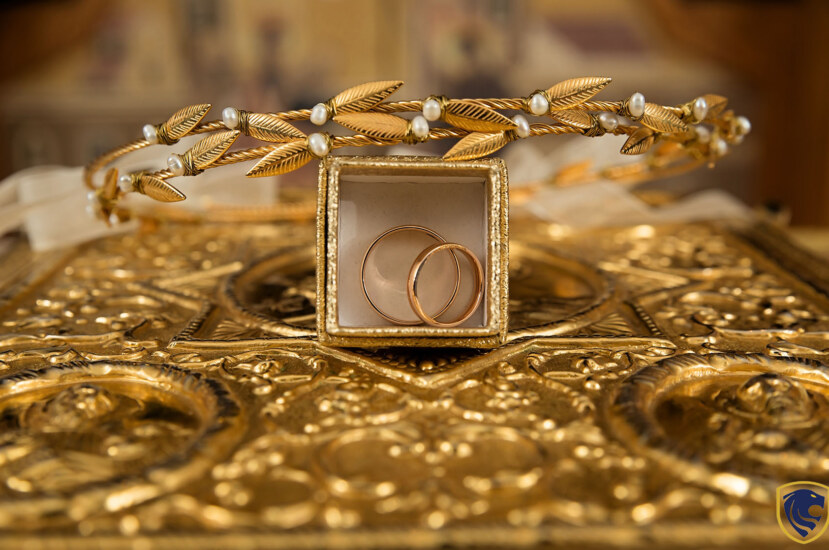Ted Binion’s Nevada Treasures
One of the sons of renowned Las Vegas casino billionaire Benny Binion, proprietor of Binion’s Horseshoe, Lonnie Theodore Binion was a rich American executive in the gaming industry. His treasure is considered to be buried somewhere unknown. Ted Binion’s death was controversial. Because his girlfriend Sandra Murphy and her partner Rick Tabish were first accused of murder and found guilty. But they were subsequently given a fresh trial and cleared of all charges. Benny Binion, a casino operator, gave birth to Ted Binion in Dallas, Texas, in 1943. He has three sisters: Becky, Brenda, and Barbara. Also, he had an elder brother named Jack. In 1946, Ted and his father relocated to Las Vegas, Nevada. Early on, he was associated with Binion’s Horseshoe, his father’s casino.

Lost Treasures Around The World; Ted Binion’s Nevada stash
As a child, Ted worked with the ranch hands during the summers at the family’s Montana hideaway, a cattle ranch in Jordan. Benny later brought his three grandkids, the sons of his daughter Barbara, to Montana to help out on the ranch in the early 1960s. According to the county recorder’s office, Benny had accumulated an 85,000-acre ranch by the 1980s. He last bought a piece of land in 1985.
The Treasure
Nye County sheriff’s deputies found that Binion had ordered the construction of a 12-foot-deep vault on the desert floor on land he owned in Pahrump. That was 60 miles (97 km) west of Las Vegas. Additionally, they had a substantial collection of over 100,000 rare coins, one of which was a Carson City silver dollar that was in excellent condition. Horseshoe Casino chips, paper money, and six tons of silver bullion were all kept in the concrete bunker. The rare coins were originally kept in the vault of the Horseshoe casino. Those were thought to be valued between $7 million and $14 million. The Pahrump subterranean vault would be crucial to the Binion death probe.
After his expulsion from the casino, Binion hired Rick Tabish, the owner of MRT Transport, to build the vault. The silver was delivered to the vault via MRT trucks. Also, Binion and Tabish were the only two who knew the password. Three days after Binion passed away, the vault was sealed. Nye County sheriff’s officers found Tabish and two other men using an excavator and dump truck to try to find the silver.

Lost Treasures Around The World; Ted Binion’s Nevada stash
In and around his Las Vegas house, Binion stashed millions of dollars. All of them vanished after his passing. Also, the rumor has it that the riches are buried on the property behind strange mounds in the front and back yards.
A large portion of Binion’s silver was transferred to his daughter who put part of it up for sale. At the courthouse, a sizable amount is still unclaimed.
Blackbeard’s treasure
In the early eighteenth century, Blackbeard terrorized the Caribbean and the coastlines of Virginia and North Carolina. It is believed that the true name of Blackbeard was Edward Teach or Thatch. Moreover, he was a master of the public image before it was a career. He grew his beard long and garnished it with blazing slow fuses to give himself a sulfuric fragrance. Also, He once shot an individual in the knee while they had a drink. And he stated that he occasionally had to do such things to serve as a reminder to the troops of his identity. He allegedly remarked that only he and the devil knew the location of his fortune.

Lost Treasures Around The World; Blackbeard’s treasure
Although having a brief career as a pirate, Blackbeard was infamous for his brutality against both his victims and his men. By 1717, he had joined a fleet of pirate ships that were robbing ships of all nationalities at whim while evading the ships sent to catch him. In 1718, he blockaded Charles Towne Harbor in South Carolina. Furthermore, he captured and ransacking all boats attempting to enter or depart the harbor. Then, if the city would not give him the necessary medical equipment and other supplies, he threatened to execute the detainees from these ships. He freed the detainees after his demands were satisfied and sailed away carelessly.
living on land
He took advantage of the chance when Governor Eden of North Carolina issued a pardon for any pirates who surrendered before September 5, 1718. First, he was driving several of his ships aground and then marooning roughly two dozen additional crewmen. By doing these things, he significantly decreased the number of individuals he would have to split the loot they had amassed with. He moored his ship close to one of his favorite anchorages, Ocracoke Inlet, after accepting the pardon and staying for a while in Bath, North Carolina. He lost part of his riches during this period. However further details are unknown.
He quickly returned to piracy after becoming weary of living on land. Also, he operated in the Caribbean and close to the mouth of Delaware Bay.

Lost Treasures Around The World; Blackbeard’s treasure.
He went into the Chesapeake Bay as well. The Governor of Virginia, a Crown Colony, was dissatisfied with North Carolina’s pardon. So, the governor ordered the preparation of an expedition. Due to that, in November 1718, a pirate in Ocracoke was found and executed. In addition to Blackbeard’s head hanging from one of their two ships’ bowsprits, they returned without any loot. Most of the cotton, sugar, and indigo stolen during the pirate’s most recent raids were recovered. No hard species existed.
concealed wealth
Rumors of Blackbeard’s wealth, which he claimed to have concealed are said to buried at or close to Bath, North Carolina; on Oak Island, Nova Scotia; off the coast of North Carolina; and in the mudbanks near Sullivan’s Island, near Charleston. Despite Blackbeard’s obvious intention to increase his share by decreasing his crew and his claim that only “the devil” knew where his riches were kept, many academics find the notion of hidden treasure to be absurd. That would undoubtedly cause one to believe that it is concealed.

Lost Treasures Around The World; Blackbeard’s treasure
The Old Ozark Treasure Cave
A geographical wonder that blends local history and natural beauty may be found deep in the southern part of Missouri. To learn more about the area, Smallin Civil War Cave in Ozark, Missouri, is the ideal location for near-depth exploration. You should book a tour as soon as possible because there are so many fascinating things about the cave to explore.
The earliest cave in the Ozarks to be recorded was Smallin Cave. Famous American explorer Henry Rowe Schoolcraft produced in-depth descriptions of the region in 1818. During the Civil War, Union activities were active in Ozark, Missouri. According to the cave’s website, “there is significant evidence that Smallin Cave was utilized for activities linked to warfare.”

Lost Treasures Around The World; The Old Ozark Treasure Cave
The Osage Indians lived at Smallin Cave. Also, it’s possible that the Cherokee tribe also lived there, in addition to being a place to find union forces. There has been a great deal of Native American history discovered in this region via research and excavations. In addition to having a human past, the cave is home to several uncommon creatures. That includes the species such as blind cave salamanders and cave crawfish. Smallin Cave is revered by the locals. They frequently utilize it for gatherings, education, and other purposes.
What do the professors say about the cave?
As Brooks Blevins and Noel Boyd Professor of Ozarks Studies at Missouri State University point out, there is historical evidence that the legends date back as far as the first French explorers who traveled through the Greater Mississippi Valley region and crossed into the Greater Illinois Valley. Before that, the French were likely influenced by Spanish legends for the majority of their tales. He said that the explorers discovered tales of silver mines. According to Blevins, there are even rumors that a few of the leading samples they sent back to France included silver.
He said that some of the early French explorers could have even been tricked into thinking there was silver by local Native Americans or other Creole French who were simply having fun at their expense.

Lost Treasures Around The World; What do the professors say about the cave?
And He claimed that there were silver and gold mines on the first comprehensive map of North America’s central region. Furthermore, It fueled the notion that the area had silver and gold ore reserves.
These legends about the lost and buried silver and gold, as well as other similar rumors, had already started to spread by the time American immigrants started to migrate the Ozarks in the very late 1700s and early 1800s.
John Rogers and his wife
Rutherford cites an intriguing tale that may be found in old local newspapers. In the late 19th century, John Rogers and his wife migrated from Kentucky to West Plains after serving in the Civil War. They planted a garden and offered the product to their neighbors. According to rumors, Rogers intended to grow his company by acquiring more land.
He “discovered a plot of land he liked, went to the bank, which owned it. Then he paid for that piece of land with a wheelbarrow full of nickels. So, it made quite a commotion among the locals,” according to Rutherford.
According to Rutherford, he continued to plant for several more years. Nobody knew what was going on with the cash he had earned after his death. His home and an adjacent blacksmith business were destroyed by fire shortly after he passed away. Thus, Rutherford added, “There’s some speculation that individuals were hunting for a stash of nickels that could have been buried on his home property.



